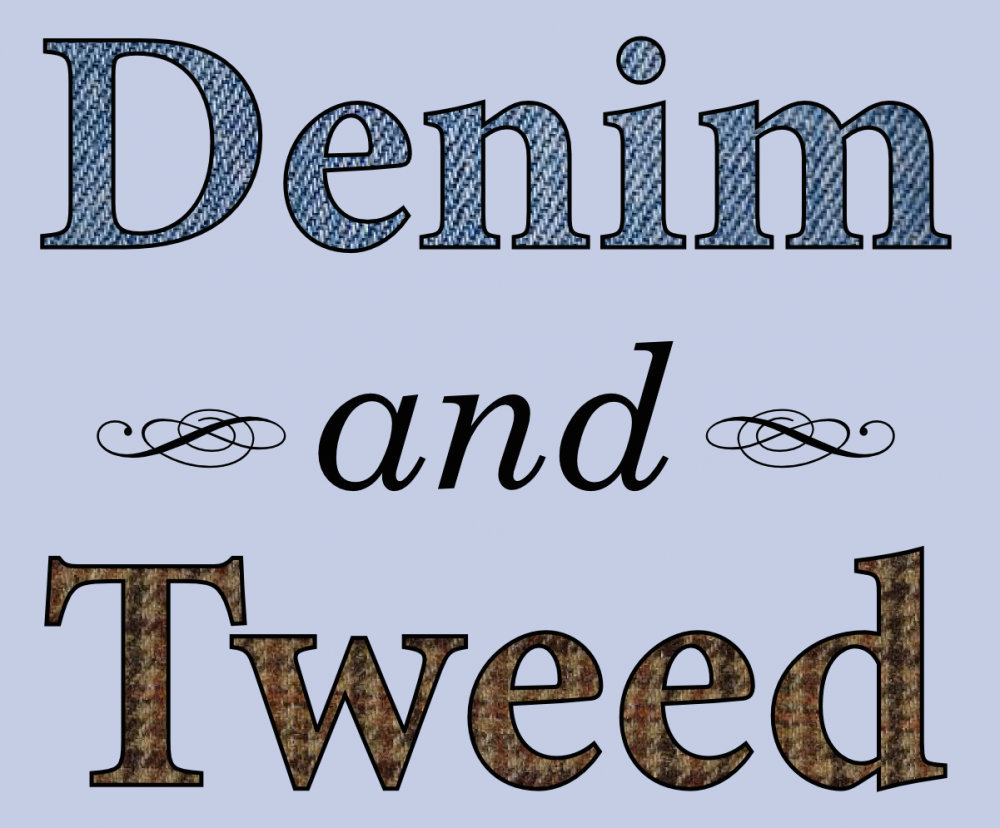 At ScienceOnline, even the coffee break is nerdy. Photo by Ryan Somma.
At ScienceOnline, even the coffee break is nerdy. Photo by Ryan Somma.So now I’m back in Moscow, mostly recovered from ScienceOnline 2011. I’ve almost finished the copy of Holly Tucker’s cracking good book Blood Work that came in my swag bag. (Cross-country flights are great for reading.) I’m breaking in my new “How to Explain Your Research at a Party” t-shirt from AAAS, and I’ve finished a conference weekend’s worth of laundry. I even got to resume my workout schedule with an outdoor run, because all of a sudden northern Idaho is as balmy as North Carolina. And I’m able to think about the conference a little more reflectively than I did in my previous posts.
One of the highlights of the conference that’s still sticking with me is the “How to Explain Science in Blog Posts” session, which broke the audience into small groups to discuss different aspects of science blogging. I made a beeline for the “writing” group, since that’s been on my mind lately. The group moderators, Ed Yong and Christie Wilcox, led a great discussion on tone and the use of metaphor, and even shaded into the writing process. None other than Bora Zivkovic related how he’ll have his wife edit particularly important posts.
As I said in my earlier brief wrap-up, the whole session reminded me of my undergrad creative writing class, and in a good way. But we didn’t really have time for specific examples, and could barely scratch the surface of the process from finding a subject to writing it up and presenting it.
It occurred to me (about two miles into the aforementioned run) that I’d really enjoy a workshop that took participants through that entire process for a single post. I’m imagining it’d have to be at least two sessions: one discussing how to come up with topics, another for the writing process, and maybe a third for presentation with images, layout, et cetera. It’d be especially cool to have participants actually develop a single post through the course of the different sessions, and do some peer editing at one or more stages.
Is it too early to start proposing sessions for ScienceOnline 2012?









